19 May 2023
Hits and misses all part of the journey, while UK becomes a leader of New Space - Space News Roundup
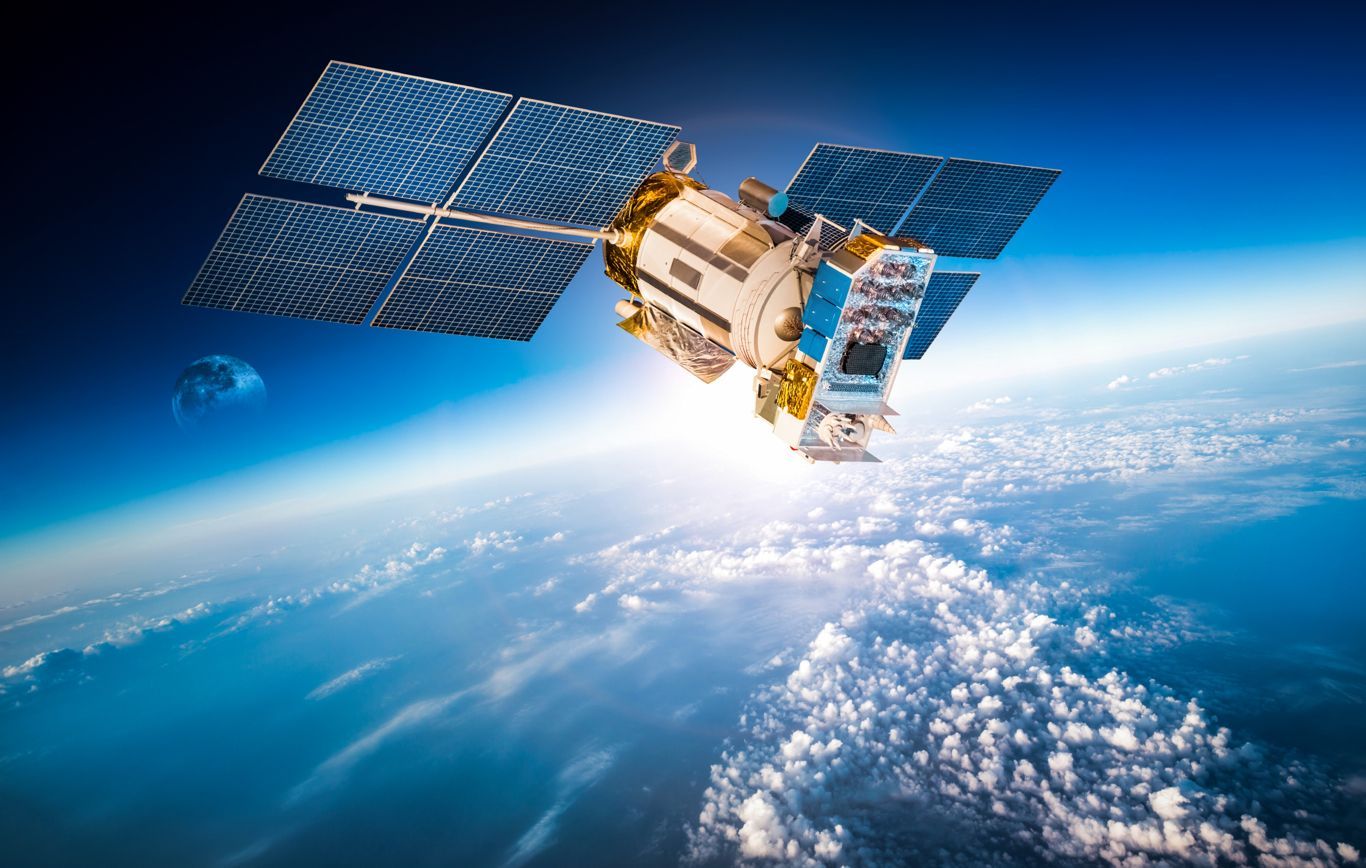
Satellite industry sees growth (Image: Adobe)
Financial and technical constraints are constant threat in the industry, as agencies and the private sector strive to take the next leap into New Space. Virgin Orbit is the most notable victim of this risk, and this week the UK government has said that they won’t step in to buy the bankrupt launch company.
Similarly, US launch company, Astra Space, appear also to be struggling financially, after also suffering several failed launch attempts of their Rocket 3.3. On Monday the company reported zero revenue and a net loss of $44.9 million, amongst serious doubts about the future. The company has, however, announced that it has signed a contract with the US Space Force for a launch on their new Rocket 4, hoped to carry out its debit later this year. Whether or not the company will survive until then, we will see.
NASA may also be witnessing financial struggles with their Artemis programme, their long-term plan for returning human to the Moon. Their chief official for human spaceflight in deep space, Jim Free, presented the budget for Artemis for the period 2024-28, when the agency will likely spend $41.5 billion and during which time there will possible be only one crewed landing on the moon. This also includes $11 billion for the SLS rocket and $4 billion for the lunar gateway, a planned orbiting lunar relay station.
NASA have also ended their Lunar Flashlight mission, a cubesat released by the Artemis-1 mission and intended to go into lunar orbit, due a problem with its propulsion systems. While the Artemis project still has strong support in congress, spending vast amounts of public money for seemingly little results may well rave to be damaging in the long run. Although the Artemis-1 launch was a roaring success, surely NASA will be hoping to achieve some more tangible success sooner rather than later, or risk losing the public.
Also, the US Space Force have expressed concerns about the lack of transparency in space, in particular with China. Lt. Gen. DeAnna Burt, deputy chief of the U.S. Space Force for operations, cyber and nuclear, said that China lacks transparency in openly communicating about space activities, making it harder to avoid misunderstanding and miscalculations. This could relate to communicating the movement of vehicles in orbit to avoid collision, but could also be applied to future outer space exploration, fair use of lunar resources and establishing landing sites on the moon. Without this transparency and communication, nations risk such events as collisions or conflict.
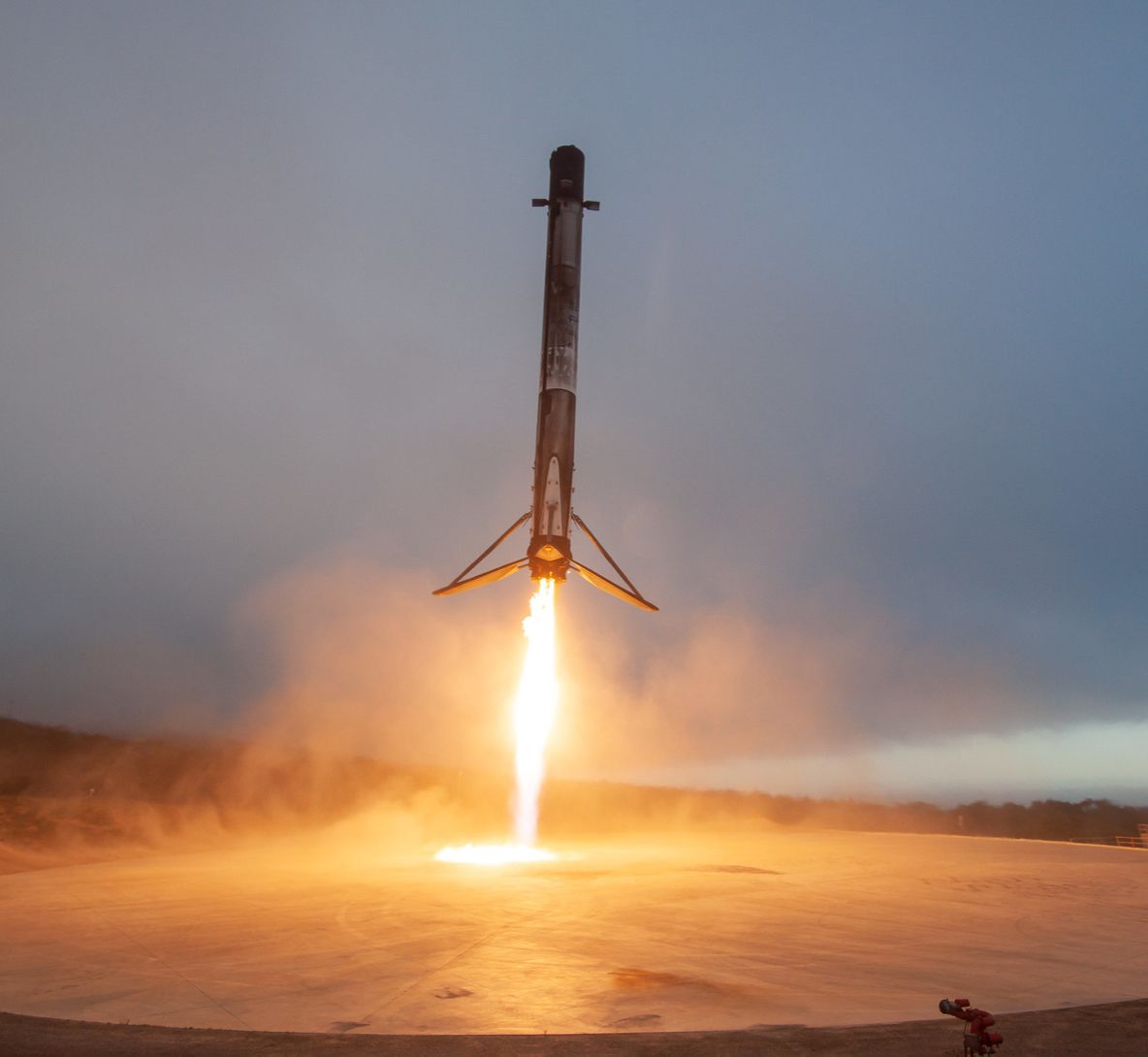
Falcon-9 boosters to be reused up to 20 times (Image: SpaceX)
Business still on the the up while UK grows into New Space leader
However, amongst all the financial concern and a growing need for common rules, the industry does continue to thrive, in many different ways. Varda Space Industries, US-based startup developing technologies for in-space manufacturing, are raising an additional $25 million, bringing the value of the company to $500 million. Varda are preparing to send their first “space factory” into orbit, as part of a SpaceX launch in June. Their orbiting factories will utilise zero-gravity to produce sensitive materials such as pharmaceuticals and semiconductors.
The Italian space agency has also provided a financial boost for Franco-Italian company, Thales Alenia Space. The funds are to be used for an in-orbit servicing demo in 2026, in order to demonstrate the use of autonomous robotics in orbit. This tech could be used for servicing, refuelling, repair work or reentry, amongst some applications. The satellite industry and development of this new, orbital infrastructure is providing sustained growth in the space economy, and Taiwanese suppliers of low Earth orbit (LEO) components have this week noted an increase in demand in 2023, according to an article from Digi Times.
Similarly, orbital vehicle developer, Astroscale, have submitted a response to a NASA request for information looking for concepts on how to raise the orbit of the Hubble telescope. The proposal was submitted in cooperation with Momentus, a company developing orbital servicing vehicles. The plan includes using using the Momentus vehicle to approach Hubble, then use Astroscale technology attach to it, with the vehicle then boosting the orbit by 50km. In-orbit logistics, servicing and refuelling of satellites also represents another aspect of this orbital infrastructure that is seeing positive growth, as the industry gears itself up towards finding efficient and sustainable solutions for New Space.
One of leaders of finding efficient solutions is SpaceX, with their pioneering use of reusable boosters, with some being flown up to 15 times. William Gerstenmaier, VP/Build & Flight Reusability at SpaceX now claims that company is preparing to reuse boosters up to 20 times, and in the past Elon Musk has said that he aimed to reach a target of 100 flights. The company is also aiming to carry out a second orbital flight test of their interplanetary vehicle, Starship, as early as June 15th.
SpaceX’s continued innovation also represents the ongoing success of the private sector. China are also seeing the role that private companies can play in their space programme, and this week announced they are searching for commercial, low cost transport solutions to ferry to and from their Tiangong space station, similar to NASA’s resupply missions on ISS carried out by SpaceX. The China Manned Space Engineering Office has outlined that the vehicle should be able to remain docked to the station for at least 3 months, and cost no more than $17.2 million to deliver 1,000 kg.
But this week it seems to be the UK that has generated the most attention in regards to space sector growth and private investment. A PwC-UK Space Agency report has revealed the the UK is the most attractive place for space investment, after the US. Key areas include Earth observation, satellites and manufacturing, and The Independent has this week reported that the Civil Aviation Authority (CAA) has granted nearly 350 licenses to companies in the UK space sector, and are monitoring more than 750 UK satellites, (third only behind the US and China, respectively, in terms of number).
One of the pioneering UK private space companies is Space Forge, based in Wales. This week details were revealed about their new innovative heatshield, designed to allow satellites to reenter the atmosphere and safely be brought back to Earth. Similar to Varda, the company is aiming to establish a fleet of “space factories”, used for the manufacture of sensitive materials. Space Forge are one part of a satellite industry that is making the UK a highly attractive place to invest at the moment.
The UK will also soon also become a hub of commercial launch activity, with seven proposed launch sites in total to be established. Last week UK small launch company Orbex Space announced that they have started construction of the latest launch site in Sutherland, Northern Scotland. A number of European startups are preparing to launch from the UK, including Orbex (UK), Skyrora (UK) and RFA (Germany). Most recently the Japanese Space Agency (JAXA) has also announced its intentions to launch from Britain.
The UK was also the site of one of the most notable recent downfalls in New Space. Virgin Orbit’s inaugural UK launch ended in failure, and added to their ultimate financial collapse. Yet at the same time, the UK is witnessing rapid growth of its space sector, perhaps accurately summarising the risks taken, and the failures experienced on the journey to success in these exciting times for the space industry.
External Links
This Week
*News articles posted here are not property of ANASDA GmbH and belong to their respected owners. Postings here are external links only.
Our future in space
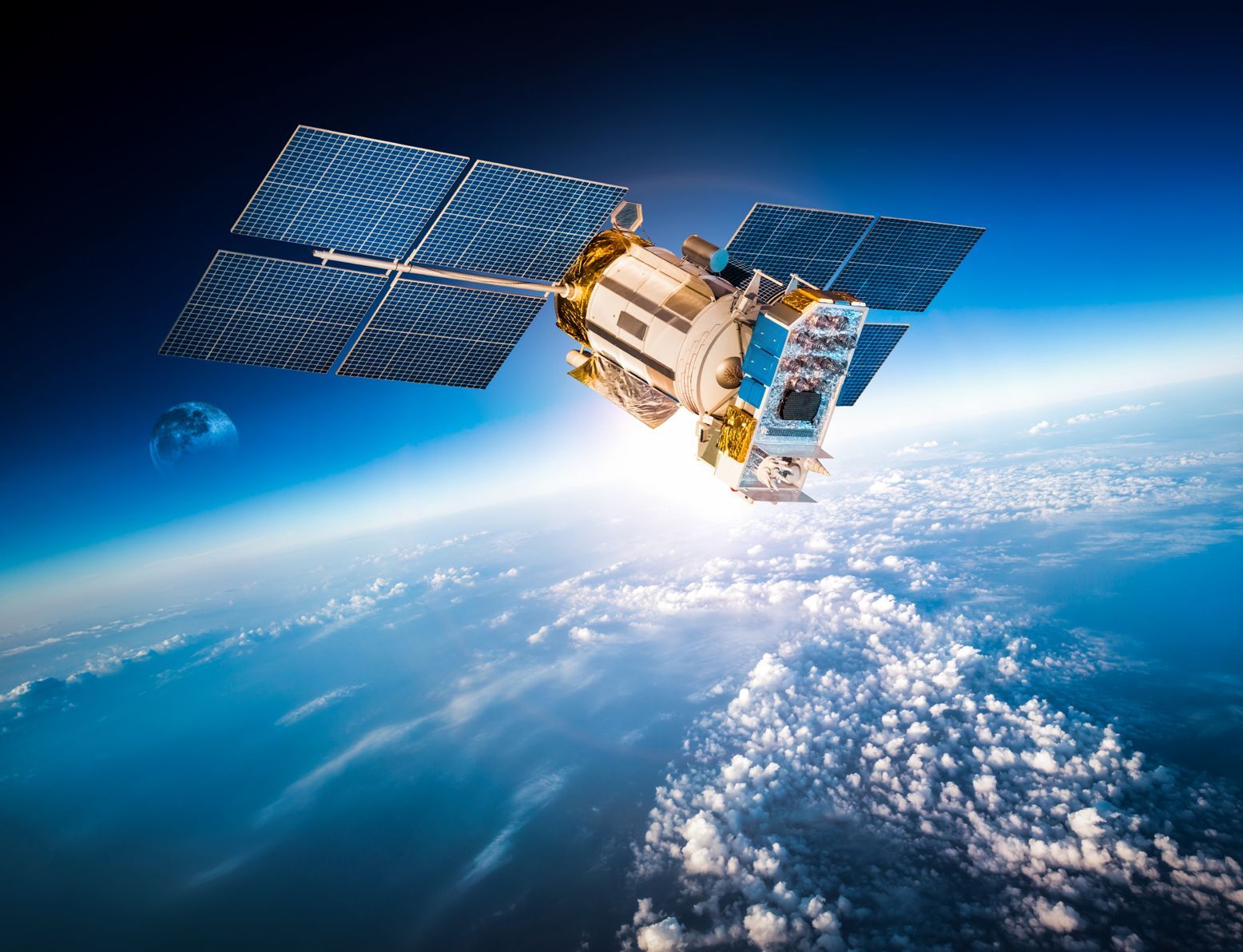
Satellite industry sees growth (Image: Adobe)
19 May 2023
Hits and misses all part of the journey, while UK becomes a leader of New Space - Space News Roundup
Financial and technical constraints are constant threat in the industry, as agencies and the private sector strive to take the next leap into New Space. Virgin Orbit is the most notable victim of this risk, and this week the UK government has said that they won’t step in to buy the bankrupt launch company.
Similarly, US launch company, Astra Space, appear also to be struggling financially, after also suffering several failed launch attempts of their Rocket 3.3. On Monday the company reported zero revenue and a net loss of $44.9 million, amongst serious doubts about the future. The company has, however, announced that it has signed a contract with the US Space Force for a launch on their new Rocket 4, hoped to carry out its debit later this year. Whether or not the company will survive until then, we will see.
NASA may also be witnessing financial struggles with their Artemis programme, their long-term plan for returning human to the Moon. Their chief official for human spaceflight in deep space, Jim Free, presented the budget for Artemis for the period 2024-28, when the agency will likely spend $41.5 billion and during which time there will possible be only one crewed landing on the moon. This also includes $11 billion for the SLS rocket and $4 billion for the lunar gateway, a planned orbiting lunar relay station.
NASA have also ended their Lunar Flashlight mission, a cubesat released by the Artemis-1 mission and intended to go into lunar orbit, due a problem with its propulsion systems. While the Artemis project still has strong support in congress, spending vast amounts of public money for seemingly little results may well rave to be damaging in the long run. Although the Artemis-1 launch was a roaring success, surely NASA will be hoping to achieve some more tangible success sooner rather than later, or risk losing the public.
Also, the US Space Force have expressed concerns about the lack of transparency in space, in particular with China. Lt. Gen. DeAnna Burt, deputy chief of the U.S. Space Force for operations, cyber and nuclear, said that China lacks transparency in openly communicating about space activities, making it harder to avoid misunderstanding and miscalculations. This could relate to communicating the movement of vehicles in orbit to avoid collision, but could also be applied to future outer space exploration, fair use of lunar resources and establishing landing sites on the moon. Without this transparency and communication, nations risk such events as collisions or conflict.
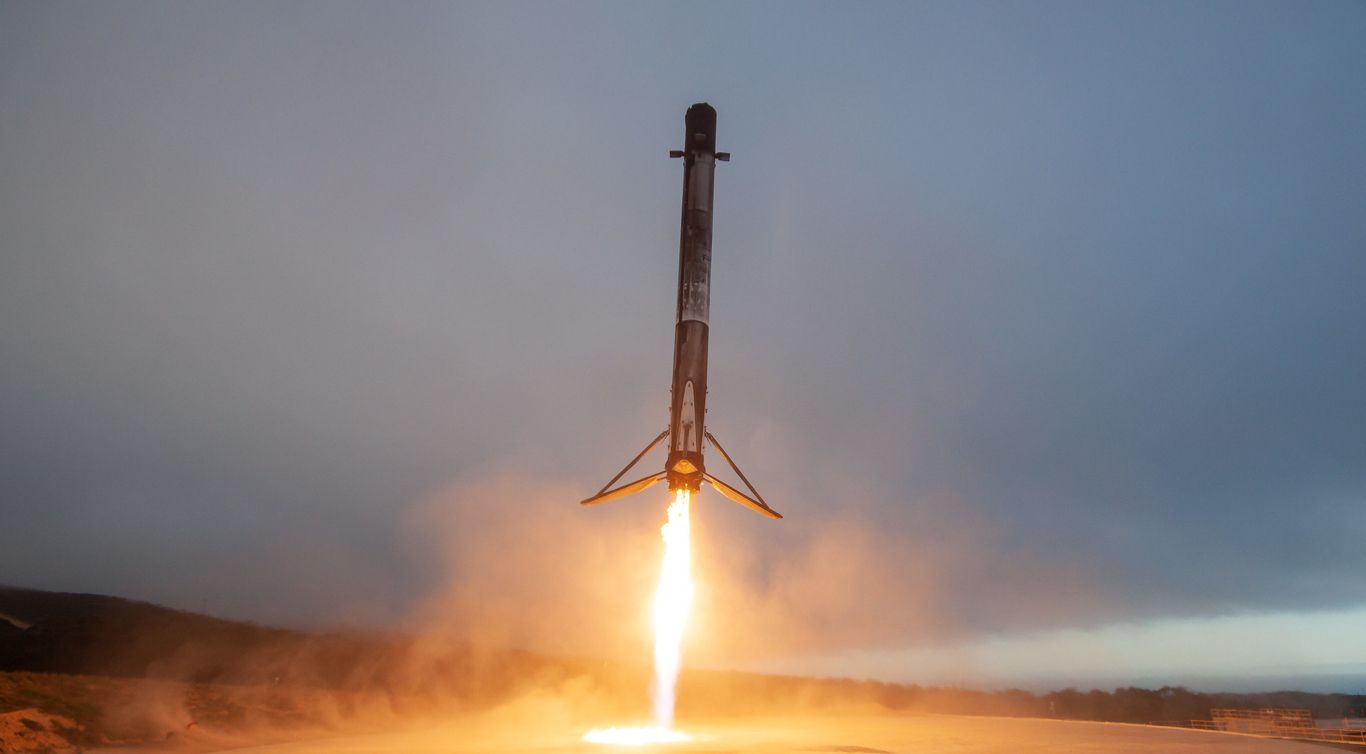
Falcon-9 boosters to be reused up to 20 times (Image: SpaceX)
Business still on the the up while UK grows into New Space leader
However, amongst all the financial concern and a growing need for common rules, the industry does continue to thrive, in many different ways. Varda Space Industries, US-based startup developing technologies for in-space manufacturing, are raising an additional $25 million, bringing the value of the company to $500 million. Varda are preparing to send their first “space factory” into orbit, as part of a SpaceX launch in June. Their orbiting factories will utilise zero-gravity to produce sensitive materials such as pharmaceuticals and semiconductors.
The Italian space agency has also provided a financial boost for Franco-Italian company, Thales Alenia Space. The funds are to be used for an in-orbit servicing demo in 2026, in order to demonstrate the use of autonomous robotics in orbit. This tech could be used for servicing, refuelling, repair work or reentry, amongst some applications. The satellite industry and development of this new, orbital infrastructure is providing sustained growth in the space economy, and Taiwanese suppliers of low Earth orbit (LEO) components have this week noted an increase in demand in 2023, according to an article from Digi Times.
Similarly, orbital vehicle developer, Astroscale, have submitted a response to a NASA request for information looking for concepts on how to raise the orbit of the Hubble telescope. The proposal was submitted in cooperation with Momentus, a company developing orbital servicing vehicles. The plan includes using using the Momentus vehicle to approach Hubble, then use Astroscale technology attach to it, with the vehicle then boosting the orbit by 50km. In-orbit logistics, servicing and refuelling of satellites also represents another aspect of this orbital infrastructure that is seeing positive growth, as the industry gears itself up towards finding efficient and sustainable solutions for New Space.
One of leaders of finding efficient solutions is SpaceX, with their pioneering use of reusable boosters, with some being flown up to 15 times. William Gerstenmaier, VP/Build & Flight Reusability at SpaceX now claims that company is preparing to reuse boosters up to 20 times, and in the past Elon Musk has said that he aimed to reach a target of 100 flights. The company is also aiming to carry out a second orbital flight test of their interplanetary vehicle, Starship, as early as June 15th.
SpaceX’s continued innovation also represents the ongoing success of the private sector. China are also seeing the role that private companies can play in their space programme, and this week announced they are searching for commercial, low cost transport solutions to ferry to and from their Tiangong space station, similar to NASA’s resupply missions on ISS carried out by SpaceX. The China Manned Space Engineering Office has outlined that the vehicle should be able to remain docked to the station for at least 3 months, and cost no more than $17.2 million to deliver 1,000 kg.
But this week it seems to be the UK that has generated the most attention in regards to space sector growth and private investment. A PwC-UK Space Agency report has revealed the the UK is the most attractive place for space investment, after the US. Key areas include Earth observation, satellites and manufacturing, and The Independent has this week reported that the Civil Aviation Authority (CAA) has granted nearly 350 licenses to companies in the UK space sector, and are monitoring more than 750 UK satellites, (third only behind the US and China, respectively, in terms of number).
One of the pioneering UK private space companies is Space Forge, based in Wales. This week details were revealed about their new innovative heatshield, designed to allow satellites to reenter the atmosphere and safely be brought back to Earth. Similar to Varda, the company is aiming to establish a fleet of “space factories”, used for the manufacture of sensitive materials. Space Forge are one part of a satellite industry that is making the UK a highly attractive place to invest at the moment.
The UK will also soon also become a hub of commercial launch activity, with seven proposed launch sites in total to be established. Last week UK small launch company Orbex Space announced that they have started construction of the latest launch site in Sutherland, Northern Scotland. A number of European startups are preparing to launch from the UK, including Orbex (UK), Skyrora (UK) and RFA (Germany). Most recently the Japanese Space Agency (JAXA) has also announced its intentions to launch from Britain.
The UK was also the site of one of the most notable recent downfalls in New Space. Virgin Orbit’s inaugural UK launch ended in failure, and added to their ultimate financial collapse. Yet at the same time, the UK is witnessing rapid growth of its space sector, perhaps accurately summarising the risks taken, and the failures experienced on the journey to success in these exciting times for the space industry.
Share this article
External Links
This Week
*News articles posted here are not property of ANASDA GmbH and belong to their respected owners. Postings here are external links only.
19 May 2023
Hits and misses all part of the journey, while UK becomes a leader of New Space - Space News Roundup

Satellite industry sees growth (Image:Adobe)
Financial and technical constraints are constant threat in the industry, as agencies and the private sector strive to take the next leap into New Space. Virgin Orbit is the most notable victim of this risk, and this week the UK government has said that they won’t step in to buy the bankrupt launch company.
Similarly, US launch company, Astra Space, appear also to be struggling financially, after also suffering several failed launch attempts of their Rocket 3.3. On Monday the company reported zero revenue and a net loss of $44.9 million, amongst serious doubts about the future. The company has, however, announced that it has signed a contract with the US Space Force for a launch on their new Rocket 4, hoped to carry out its debit later this year. Whether or not the company will survive until then, we will see.
NASA may also be witnessing financial struggles with their Artemis programme, their long-term plan for returning human to the Moon. Their chief official for human spaceflight in deep space, Jim Free, presented the budget for Artemis for the period 2024-28, when the agency will likely spend $41.5 billion and during which time there will possible be only one crewed landing on the moon. This also includes $11 billion for the SLS rocket and $4 billion for the lunar gateway, a planned orbiting lunar relay station.
NASA have also ended their Lunar Flashlight mission, a cubesat released by the Artemis-1 mission and intended to go into lunar orbit, due a problem with its propulsion systems. While the Artemis project still has strong support in congress, spending vast amounts of public money for seemingly little results may well rave to be damaging in the long run. Although the Artemis-1 launch was a roaring success, surely NASA will be hoping to achieve some more tangible success sooner rather than later, or risk losing the public.
Also, the US Space Force have expressed concerns about the lack of transparency in space, in particular with China. Lt. Gen. DeAnna Burt, deputy chief of the U.S. Space Force for operations, cyber and nuclear, said that China lacks transparency in openly communicating about space activities, making it harder to avoid misunderstanding and miscalculations. This could relate to communicating the movement of vehicles in orbit to avoid collision, but could also be applied to future outer space exploration, fair use of lunar resources and establishing landing sites on the moon. Without this transparency and communication, nations risk such events as collisions or conflict.
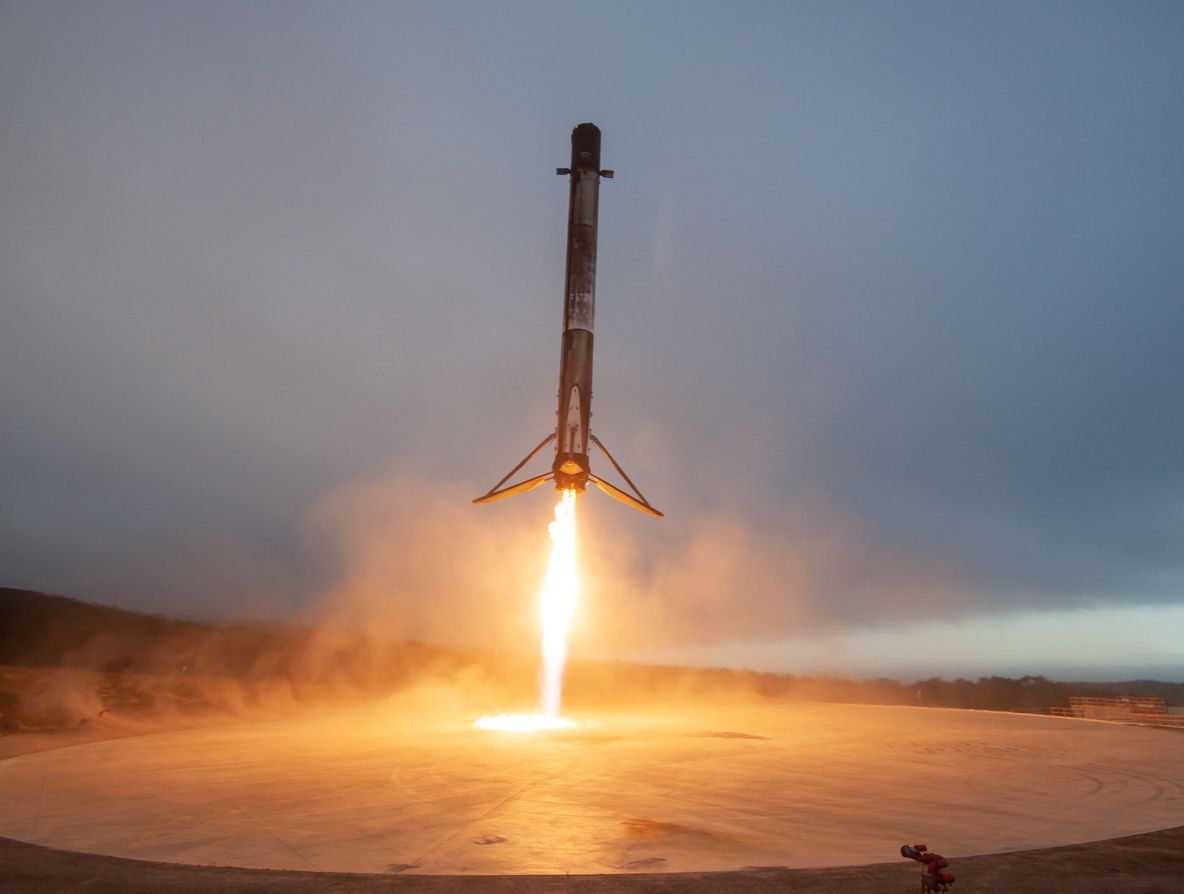
Falcon-9 boosters to be reused up to 20 times (Image: SpaceX)
Business still on the the up while UK grows into New Space leader
However, amongst all the financial concern and a growing need for common rules, the industry does continue to thrive, in many different ways. Varda Space Industries, US-based startup developing technologies for in-space manufacturing, are raising an additional $25 million, bringing the value of the company to $500 million. Varda are preparing to send their first “space factory” into orbit, as part of a SpaceX launch in June. Their orbiting factories will utilise zero-gravity to produce sensitive materials such as pharmaceuticals and semiconductors.
The Italian space agency has also provided a financial boost for Franco-Italian company, Thales Alenia Space. The funds are to be used for an in-orbit servicing demo in 2026, in order to demonstrate the use of autonomous robotics in orbit. This tech could be used for servicing, refuelling, repair work or reentry, amongst some applications. The satellite industry and development of this new, orbital infrastructure is providing sustained growth in the space economy, and Taiwanese suppliers of low Earth orbit (LEO) components have this week noted an increase in demand in 2023, according to an article from Digi Times.
Similarly, orbital vehicle developer, Astroscale, have submitted a response to a NASA request for information looking for concepts on how to raise the orbit of the Hubble telescope. The proposal was submitted in cooperation with Momentus, a company developing orbital servicing vehicles. The plan includes using using the Momentus vehicle to approach Hubble, then use Astroscale technology attach to it, with the vehicle then boosting the orbit by 50km. In-orbit logistics, servicing and refuelling of satellites also represents another aspect of this orbital infrastructure that is seeing positive growth, as the industry gears itself up towards finding efficient and sustainable solutions for New Space.
One of leaders of finding efficient solutions is SpaceX, with their pioneering use of reusable boosters, with some being flown up to 15 times. William Gerstenmaier, VP/Build & Flight Reusability at SpaceX now claims that company is preparing to reuse boosters up to 20 times, and in the past Elon Musk has said that he aimed to reach a target of 100 flights. The company is also aiming to carry out a second orbital flight test of their interplanetary vehicle, Starship, as early as June 15th.
SpaceX’s continued innovation also represents the ongoing success of the private sector. China are also seeing the role that private companies can play in their space programme, and this week announced they are searching for commercial, low cost transport solutions to ferry to and from their Tiangong space station, similar to NASA’s resupply missions on ISS carried out by SpaceX. The China Manned Space Engineering Office has outlined that the vehicle should be able to remain docked to the station for at least 3 months, and cost no more than $17.2 million to deliver 1,000 kg.
But this week it seems to be the UK that has generated the most attention in regards to space sector growth and private investment. A PwC-UK Space Agency report has revealed the the UK is the most attractive place for space investment, after the US. Key areas include Earth observation, satellites and manufacturing, and The Independent has this week reported that the Civil Aviation Authority (CAA) has granted nearly 350 licenses to companies in the UK space sector, and are monitoring more than 750 UK satellites, (third only behind the US and China, respectively, in terms of number).
One of the pioneering UK private space companies is Space Forge, based in Wales. This week details were revealed about their new innovative heatshield, designed to allow satellites to reenter the atmosphere and safely be brought back to Earth. Similar to Varda, the company is aiming to establish a fleet of “space factories”, used for the manufacture of sensitive materials. Space Forge are one part of a satellite industry that is making the UK a highly attractive place to invest at the moment.
The UK will also soon also become a hub of commercial launch activity, with seven proposed launch sites in total to be established. Last week UK small launch company Orbex Space announced that they have started construction of the latest launch site in Sutherland, Northern Scotland. A number of European startups are preparing to launch from the UK, including Orbex (UK), Skyrora (UK) and RFA (Germany). Most recently the Japanese Space Agency (JAXA) has also announced its intentions to launch from Britain.
The UK was also the site of one of the most notable recent downfalls in New Space. Virgin Orbit’s inaugural UK launch ended in failure, and added to their ultimate financial collapse. Yet at the same time, the UK is witnessing rapid growth of its space sector, perhaps accurately summarising the risks taken, and the failures experienced on the journey to success in these exciting times for the space industry.
Share this article
External Links
This Week
*News articles posted here are not property of ANASDA GmbH and belong to their respected owners. Postings here are external links only.

















